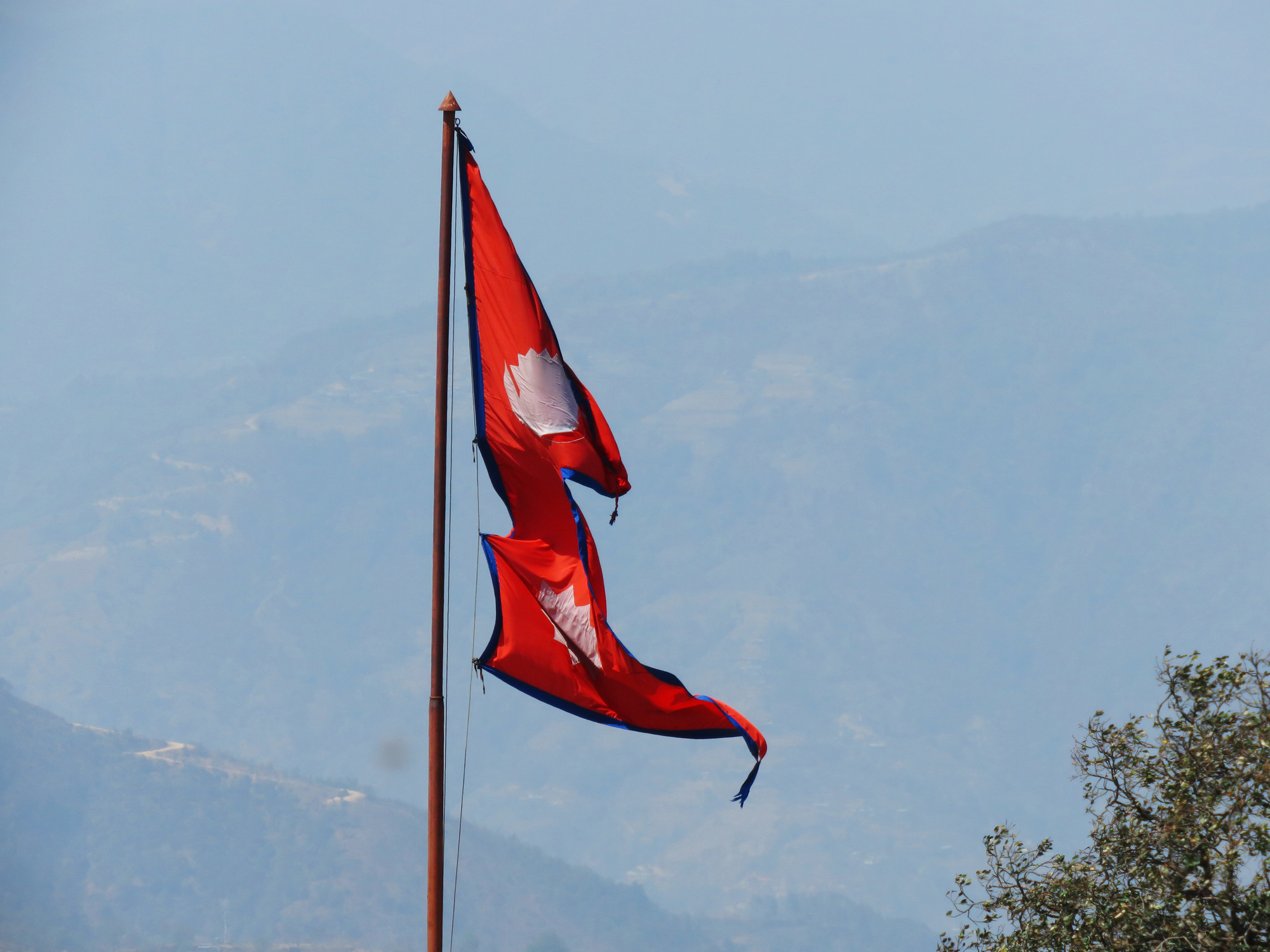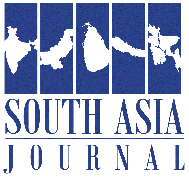
An American transcendentalist, Henry David Thoreau, in 1849 first published an essay entitled ‘ Civil Disobedience’. In the essay he argues that individuals should prioritize their conscience over compliance with unjust laws, asserting that passive submission to government authority enables injustice. He was influenced by his disregard to slavery and the Mexican–American War (1846–1848), which he viewed as morally and politically objectionable. The essay was written in a powerful way that has had a significant impact on political thought and activism. It influenced figures such as Mahatma Gandhi, who adopted its principles in the struggle for Indian independence, and Martin Luther King Jr., who cited it as a key influence during the American civil rights movement. Its themes of individual responsibility and resistance to injustice have made it a foundational text in the philosophy of nonviolent protest and civil disobedience. The word civil has several definitions and one that is intended in this case is “relating to citizens and their interrelations with one another or with the state”, and so civil disobedience means “disobedience to the state”, when systems of the state are not properly functioning or the democracy is at risk.
Civil disobedience through public demonstrations and unrest are equally visible in all countries of the world and our country, Nepal also cannot be an exception.
Since the dawn of democracy in 1951, there have been many political changes by promulgating new constitutions through revolutions, however all the constitutions and political leaderships failed to bring stability and prosperity in Nepal. Consequently, the incidents of civil disobedience have been a regular phenomenon here.
And currently, as a result of rising political grievances, economic disparities, environmental degradation, social discord, religious differences, racial oppression and social discriminations, the incidents of civil disobediences in the form of people’s unrest and civil disorders have been an increasing trend in Nepal. Such disorders or unrests are visible from a simple protest to a mass disobedience in large numbers of people’s participation. Some are spontaneous, without participation of any political parties, organized by a specific group, opposing certain agenda, decision and unlawful activities of the state. Similarly, some political parties and civic organizations also organize public demonstrations on certain agenda, issues or incidents such as discrimination against dalits, rights of minorities and women, freedom of speech and oppressive victims of society. Many public demonstrations and protest movements in Nepal seem to be violent, which is against the non violence norm of civil disobedience.
After the promulgation of the constitution in 2015, public protests and civil disobediences have followed some specific courses and its frequency has increased significantly. During this period, some of the significant civil disobediences or unrests in Nepal are – demand for reinstatement of constitutional monarchy and Hindu state, civil disobedience rallies by supporters of Former President of Rashtriya Swatantra Party, Rabi Lamichhane, Medical Entrepreneur Durga Prasai
and Kathmandu Mayor Balen Shah, mob protests such as Tharuwan unrest, demand for identity based province in Koshi
and Madhesh provinces, Kathmandu Newar’s demonstration against Guthi bill, street demonstrations by cooperative victims and loan shark victims, road march and public gatherings by some political parties, their affiliates and civic society etc. Moreover, uncountable numbers of personal and organizational protest rallies of specific victims have also been a regular phenomenon in the streets of Kathmandu.
After the promulgation of the Constitution of Nepal on September 20, 2015, the agitation in Terai region, with a large number of people came to street for many days, demanding one state of all Terai district bordering India. A number of protestors were killed during the conflict between protesters and security forces.
Similarly, by the time a large number of demonstrators armed with spears and axes killed eight police officers in Kailali district of western Nepal during escalating protests against some provisions of the new constitution. The protest was organised by members of the historically marginalised,Tharu ethnic minority, which has struggled to overcome decades spent as bonded slaves to high-caste landowners.They have been putting forth demands for an undivided Tharu province.
Moreover , the movement in eastern Nepal also started as a rejection of the provincial name “Koshi,” imposed without consulting Indigenous , and has since evolved into a broader resistance against the erasure of Indigenous Limbuwan identity, land, and culture. Indigenous youths are leaders in the movement that now encompasses protests against projects like the “No Cable Car,” defending ancestral lands and biodiversity from capitalist development.
Additionally, the Newar community of Kathmandu valley organized massive rallies to the streets demanding the government scrap a bill tabled in the National Assembly on 29 April 2019 that stands to interfere with a centuries-old trust system integral to the Himalayan country’s cultural heritage. The bill, which seeks to nationalise centuries-old community and religious trusts, is among several registered by the current communist government in recent months that has triggered a public outcry and accusations of narrowing civil space and freedom. The system, known as “guthi”, is rooted within the Newar community indigenous to the Kathmandu Valley. It has a special role in maintaining temples and traditional public spaces, as well as organising festivals and religious parades. Following a period of sustained street protests, the government officially withdrew the bill on 25 June 2019, the first time an incumbent Nepali government has withdrawn a bill it introduced to parliament, which is a moral victory for the protestors.
The demonstration of loan shark victims in the streets of Kathmandu played a strong role to pressurize the government. Last year, after embarking on a 23-day-long journey, victims of loan sharks, who arrived in Kathmandu, continued their protests for many weeks. Thousands of victims, arriving from various parts of Nepal to seek justice from the federal government in Kathmandu, the victims need to have yet to see their demands fully addressed, who are every year protesting Kathmandu for weeks enduring the pain from the wounds caused by walking barefoot. In the similar way, the victims of multi billion cooperative fraud also have their regular demonstrations in Nepal especially in Kathmandu valley. Several victims have mentioned political nexus and interference as major factors contributing to the delay in justice for them.
Recently, most importantly a large number of protestors filled the streets in major cities of Nepal especially in Kathmandu, calling for the restoration of the monarchy, which had been abolished in 2008. A public gathering of tens of thousands of monarchy supporters, holding national flags and chanting slogans in favor of monarchy, welcomed former King Gyanendra, during his recent arrival from Pokhara to Kathmandu Airport. The Rastriya Prajatantra Party (RPP) has been one of the lead organizers of such rallies in different parts of Nepal. ‘Narayanhiti Khali gara, hamra raja aaudai chhan‘, (vacate the Royal Palace, we are bringing our king back), was the dominant slogan chanted during the recent procession. During the recent demonstration of monarchy supporters on March 28, two people were killed, a house and many vehicles were set on fire and damaged properties in many buildings. As a result of public demonstrations from both sides, it would most probably invite big tassels between pro monarchy and pro republican forces in days to come.
Lastly, the government, according to Thoreau, is man-made, not an element of nature or an act of God, he hoped that its makers could be reasoned with, is not just a little corrupt or unjust in the course of doing its otherwise-important work, but in fact the government is primarily an agent of corruption and injustice. Because of this, it is “not too soon for honest men to rebel and revolutionize”. Political philosophers have counseled caution about revolution because the upheaval of revolution typically causes a great deal of expense and suffering. However, if the rising frustration of the general public is not properly addressed in time, the accumulation effect of tremors of civil obediences could erupt like a volcano in an unexpected manner.
